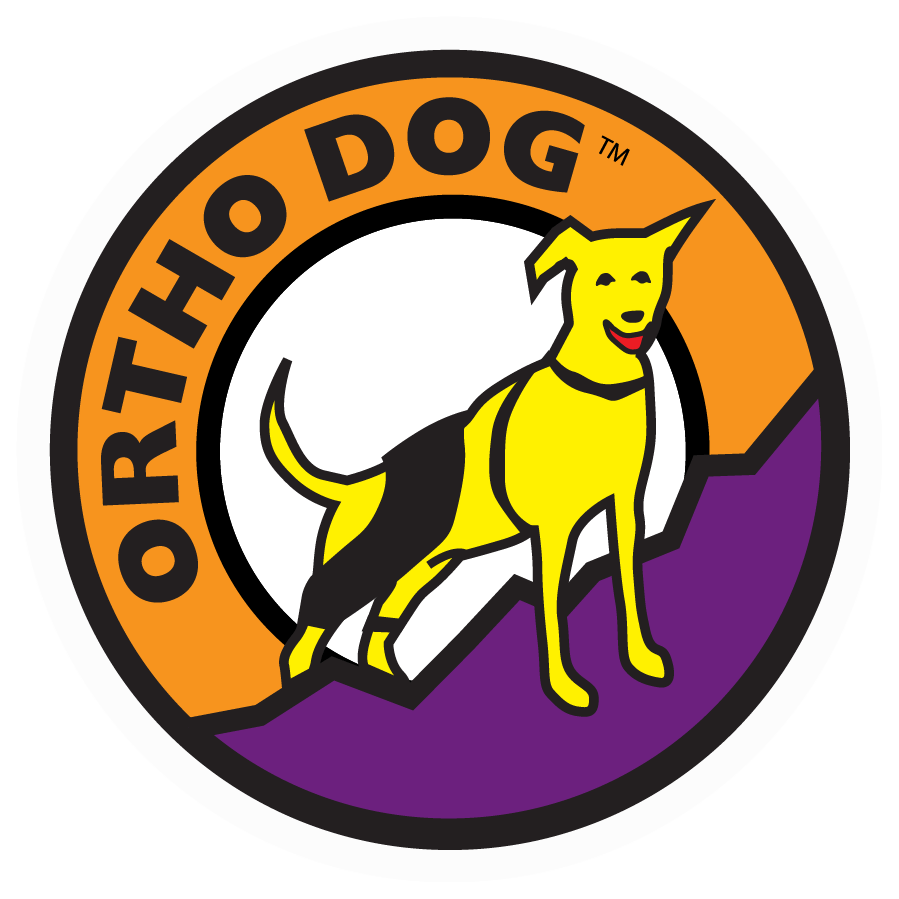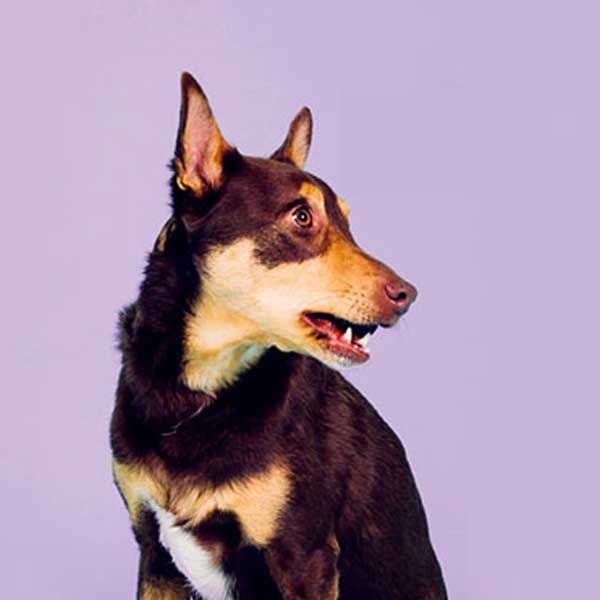A torn ACL in dogs is one of the most common dog injuries. A torn ACL requires rest, immobilization, and sometimes surgery. It is entirely possible for a dog to recover from an ACL tear without surgery. Many dogs heal through surgery alternatives like orthopedic braces and supplements. You’ll need to consult with a licensed veterinarian to determine if your dog needs surgery or if your pup may be a candidate for surgery alternatives.
Once a veterinarian diagnoses your dog with a torn ACL the next step is to consider all available options to support your pup’s health.

In Many Cases, Knee Braces May Be Used In Place of Surgery for Torn ACLs
About Torn ACLs
If you’re a sports fan, it’s likely you’ve heard of ACL injuries when it comes to basketball, soccer, and football athletes. The anatomical structure we humans call our anterior cruciate ligament (ACL), the thin connective tissue in the middle of our knee, is actually called the cranial cruciate ligament (CCL) in canines. So technically, when discussing this knee injury in dogs we’re talking about a CCL tear.
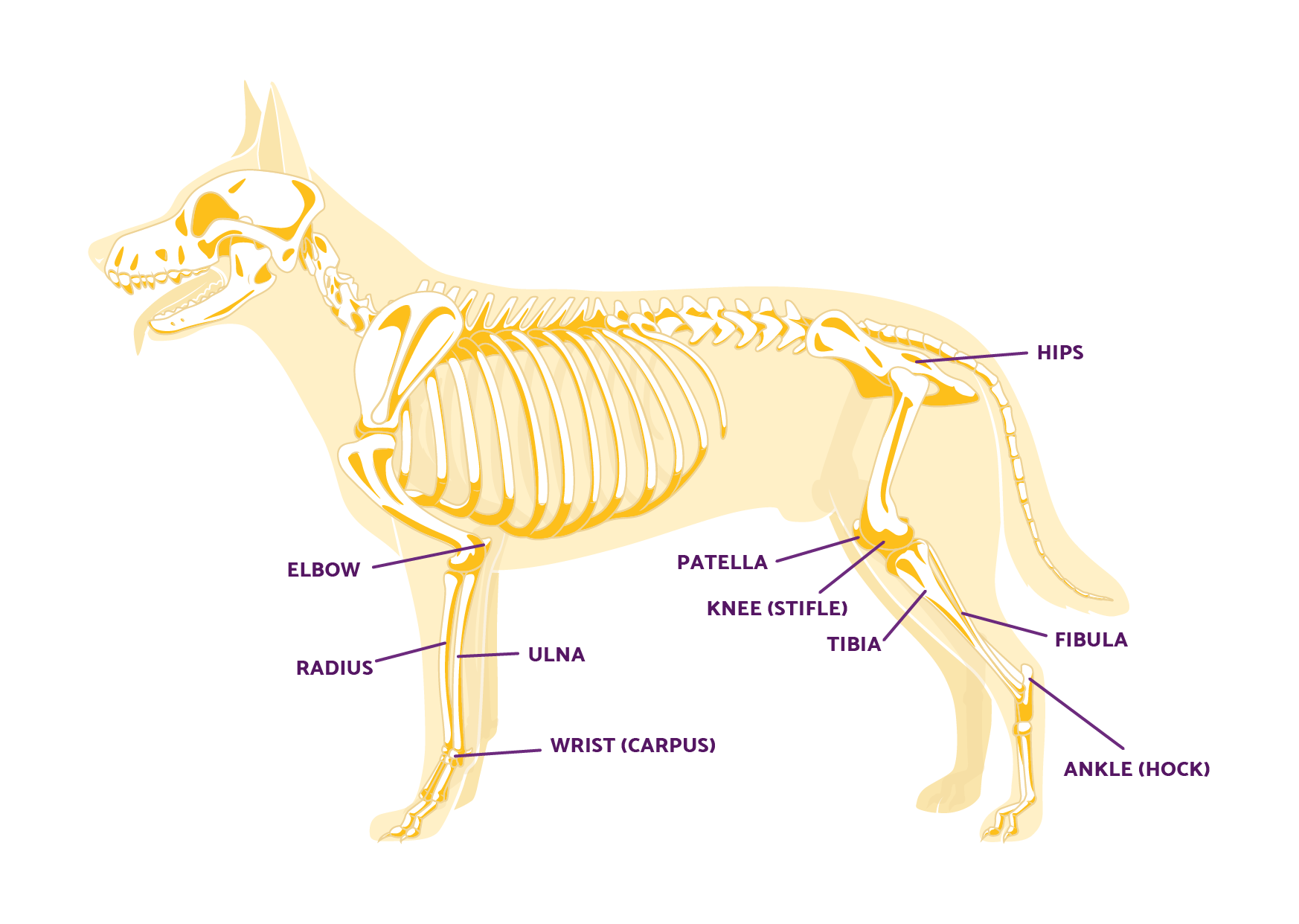
Learn more about dog leg and knee anatomy.
Why Pet Caretakers Choose Dog ACL Surgery Alternatives
ACL surgery for dogs is invasive and can be expensive. Pet owners who are looking for a less invasive and more affordable treatment often turn to conservative approaches like orthopedic dog braces to stabilize the knee joint and/or joint health supplements.
The effectiveness of dog ACL surgery alternatives depends heavily on several variables including the severity of the tear, your dog’s age, general health and activity levels, current medications, and more.
Talk to your vet about whether an alternative torn CCL treatment may work for your dog.
Dog Knee Braces Stabilize the Knee Joint

When it comes to dog ACL surgery alternatives, many dog owners have opted for a canine CCL brace as a cost-effective solution. The Ortho Dog Cruciate Care Knee Brace is a non-rigid brace that stabilizes and supports the knee joint. This can help dogs who suffer from a torn CCL or any kind of sprain or strain of the knee.
The purpose of the knee brace is to stabilize the knee by limiting flexion and extension so that scar tissue can form a callus over the tear for healing. Orthopedic braces can help your dog get back to pain-free play time more quickly!
Dog ACL Surgery Alternatives
In addition to the Ortho Dog dog ACL brace, there is a range of other conservative treatment modalities. Acupuncture, supplements (fish oil, turmeric, and glucosamine), swimming, and massage can also aid in your dog’s recovery from a CCL tear.
As with anything dog-health-related, go over the pros and cons of each option with your vet. We hope your furry best friends are back to their old selves in no time.
Dog ACL Surgery Costs
If a veterinarian determines that surgery is the best option for your dog, there are three main orthopedic procedures to repair an ACL tear:
- Lateral suture technique (aka extracapsular repair)
- Tibial Plateau Leveling Osteotomy (TPLO)
- Tibial Tuberosity Advancement (TTA)

All three cruciate ligament tear dog surgery options have their pros, cons, and risks. The lateral suture technique costs between $1,100 – $2,500 and involves replacing the torn ligament with a false ligament (a single fiber plastic line called a mono-filament) on the outside of the joint.
TPLO eliminates the need for the CCL ligament because of the way the tibia is cut and rotated. The tibial plateau is cut and rotated into a more flat position. TPLO surgery costs between $3,000 – $6,000.
TTA also changes the dynamics of the knee (so that the CCL is no longer necessary) by stabilizing the knee joint. During this surgery, a linear cut is made along the length of the front part of the tibia. This cut bone is advanced forward and a bone spacer is placed within the space of the cut. A stainless steel metal plate secures the bone in place. TTA surgery costs between $3,500 – $4,500.
In addition to the financial consideration of surgery, there is also the time and supervision required for post-op recovery and rehabilitation. Healing time can include complete inactivity for 8 to 12 weeks.
Dog Torn ACL Causes and Symptoms
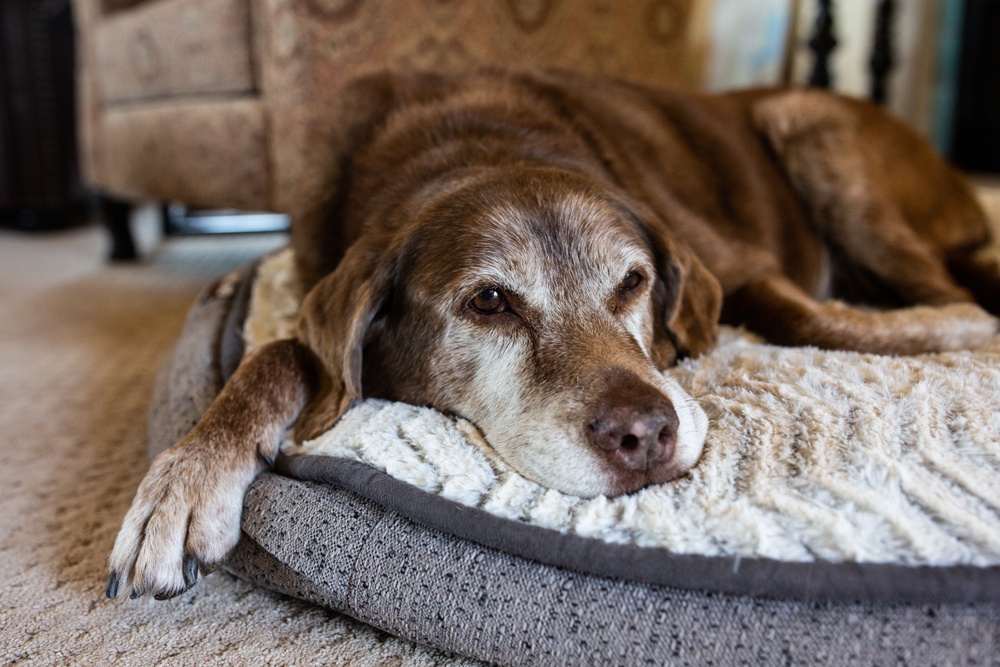
With athletes, an ACL tear is usually an acute trauma that happens suddenly after a jump or sudden change of direction. For dogs, ACL tears typically happen more slowly after a build up of repetitive stress combined with everyday activities like chasing squirrels.
The following contribute to a dog’s susceptibility to ACL tears:
- Lack of consistent and regular exercise
- Overweight
- Overexertion
- Age
The degree of the ACL tear will dictate the range of symptoms your dog may exhibit, but in all cases, you’ll notice limping and even lameness. Your dog will begin favoring the non-injured leg. While the injured knee is becoming less and less used because of the partial tearing, additional pressure is put on the other knee. This is one reason why in 60% of cases, a cruciate ligament tear in one knee will later lead to an injury of the other knee.
Additional ACL tear symptoms include abnormal posture or sitting positions and swelling and inflammation.
Additional Support
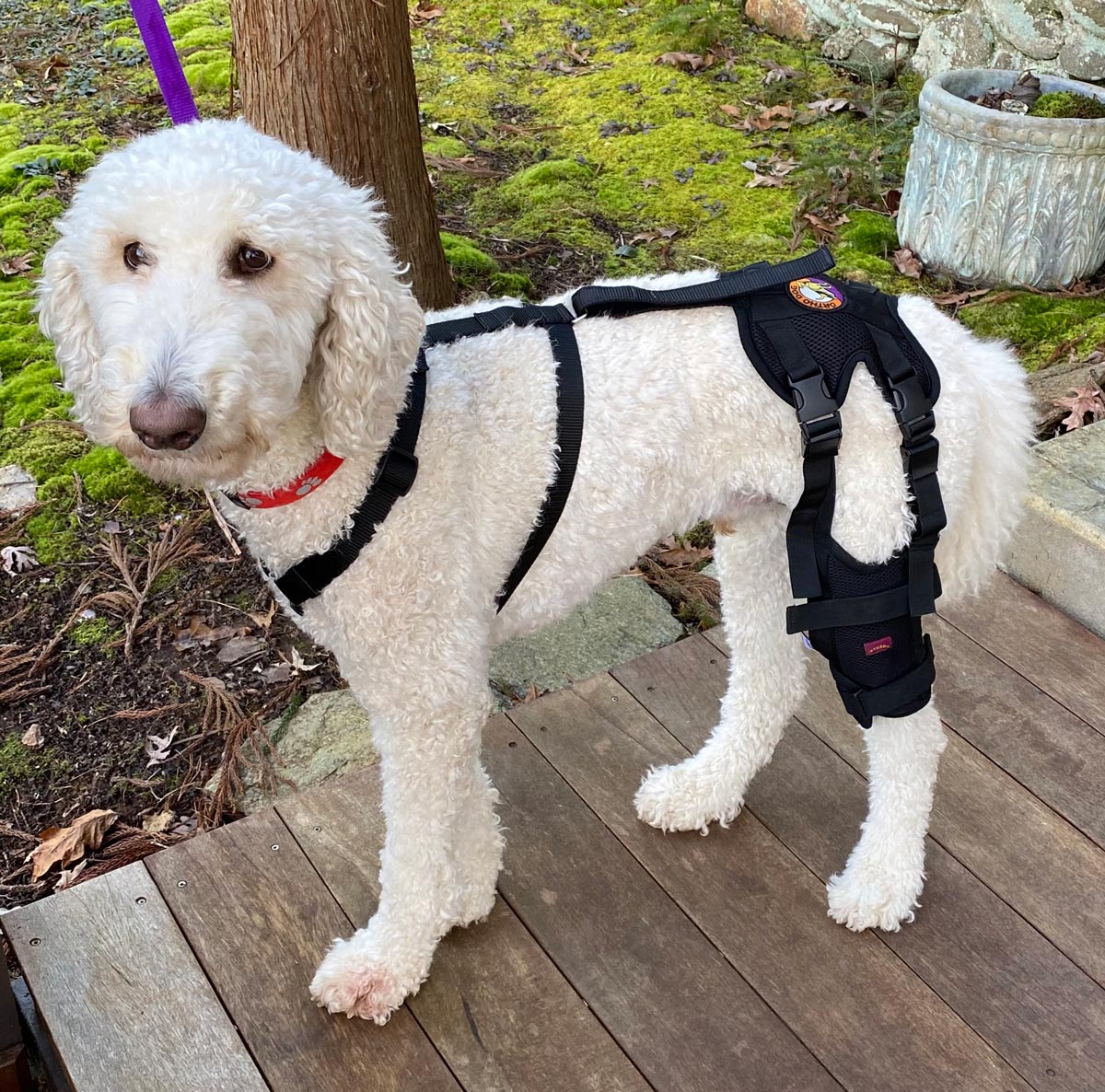
Get your pup on the path to healing with Ortho Dog Cruciate Care Knee Braces. If you have additional questions about whether or not an orthopedic brace is the right solution for your dog, please reach out and contact us. We aim to provide pain-free playtime for all our furry companions.
